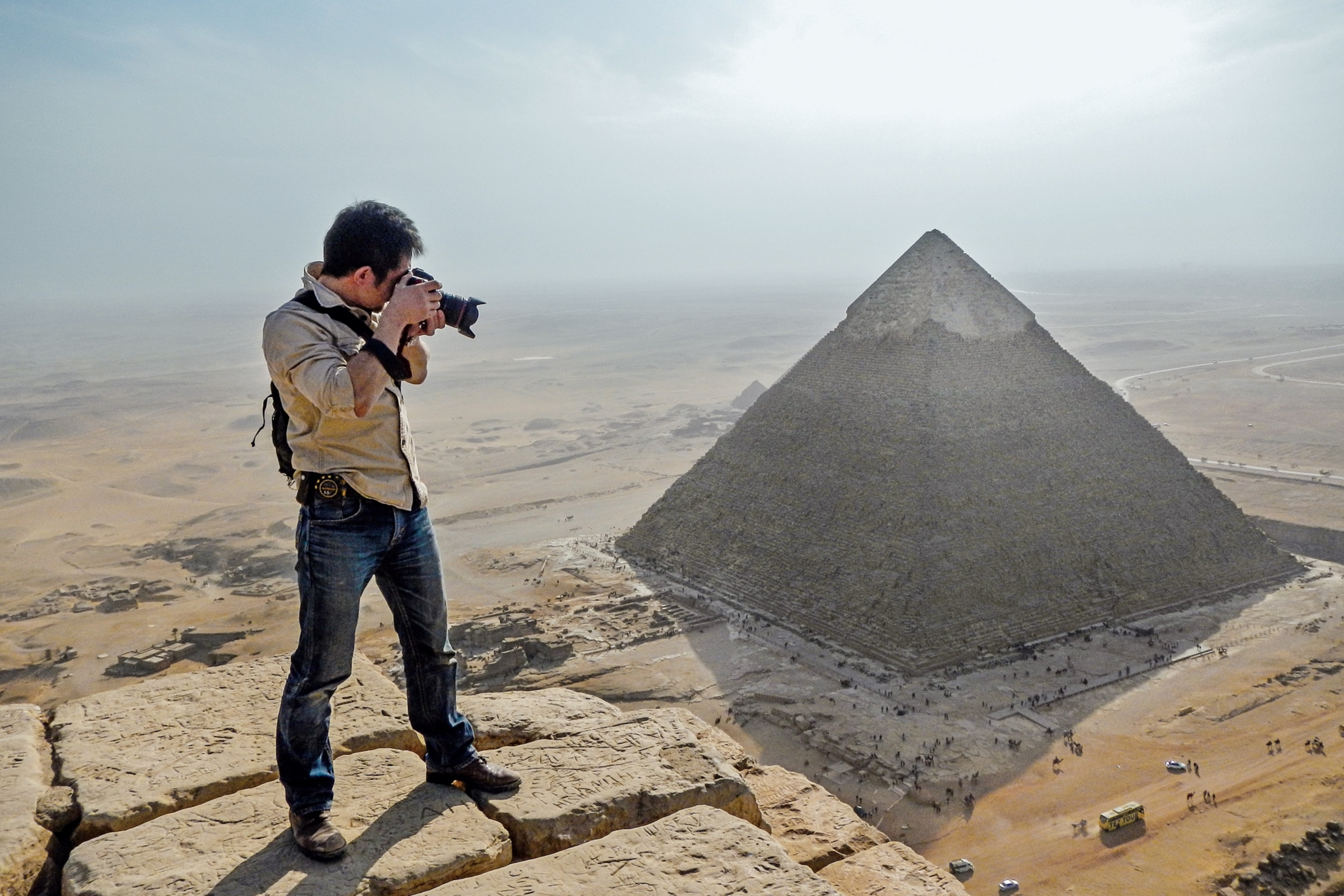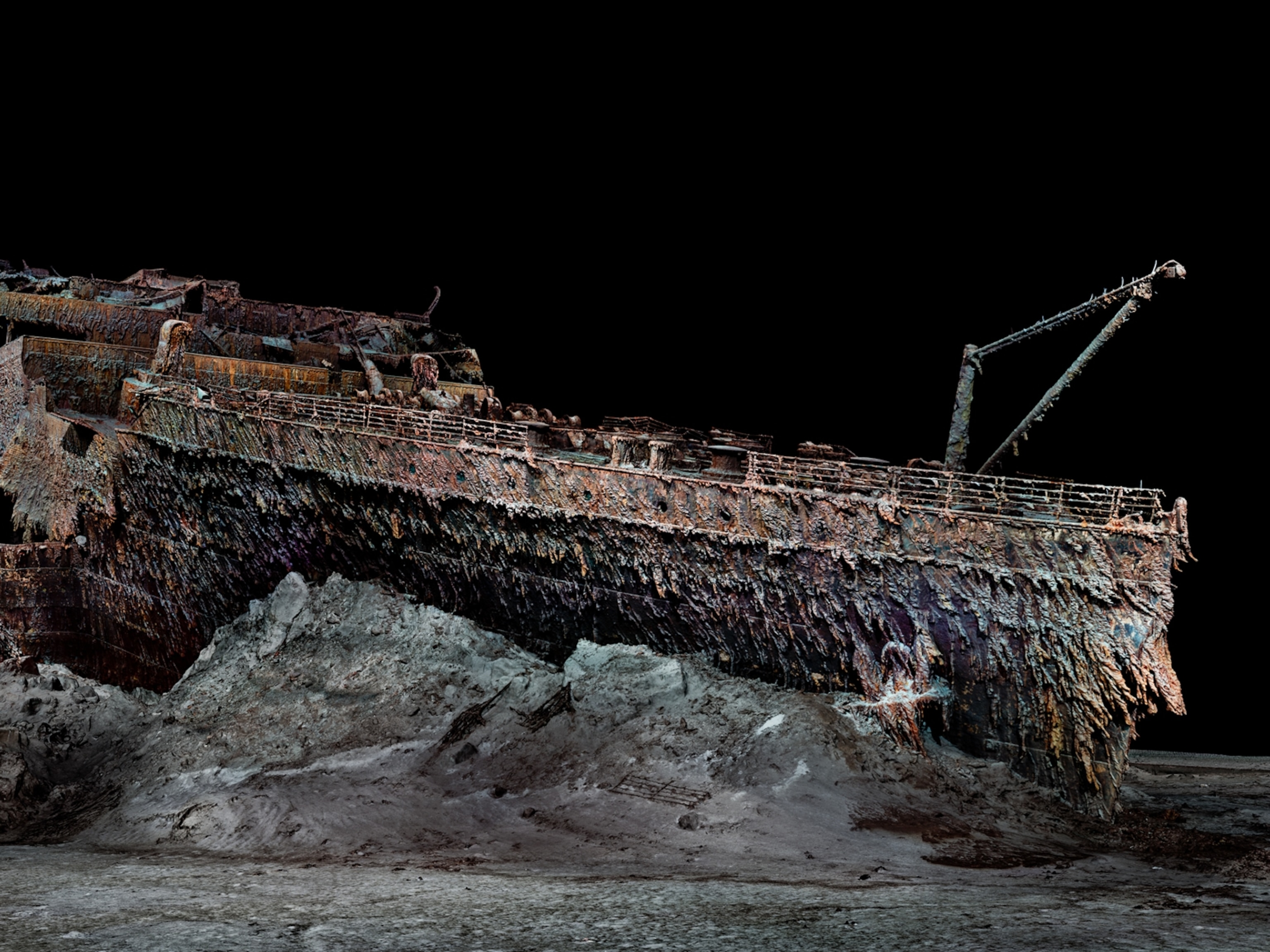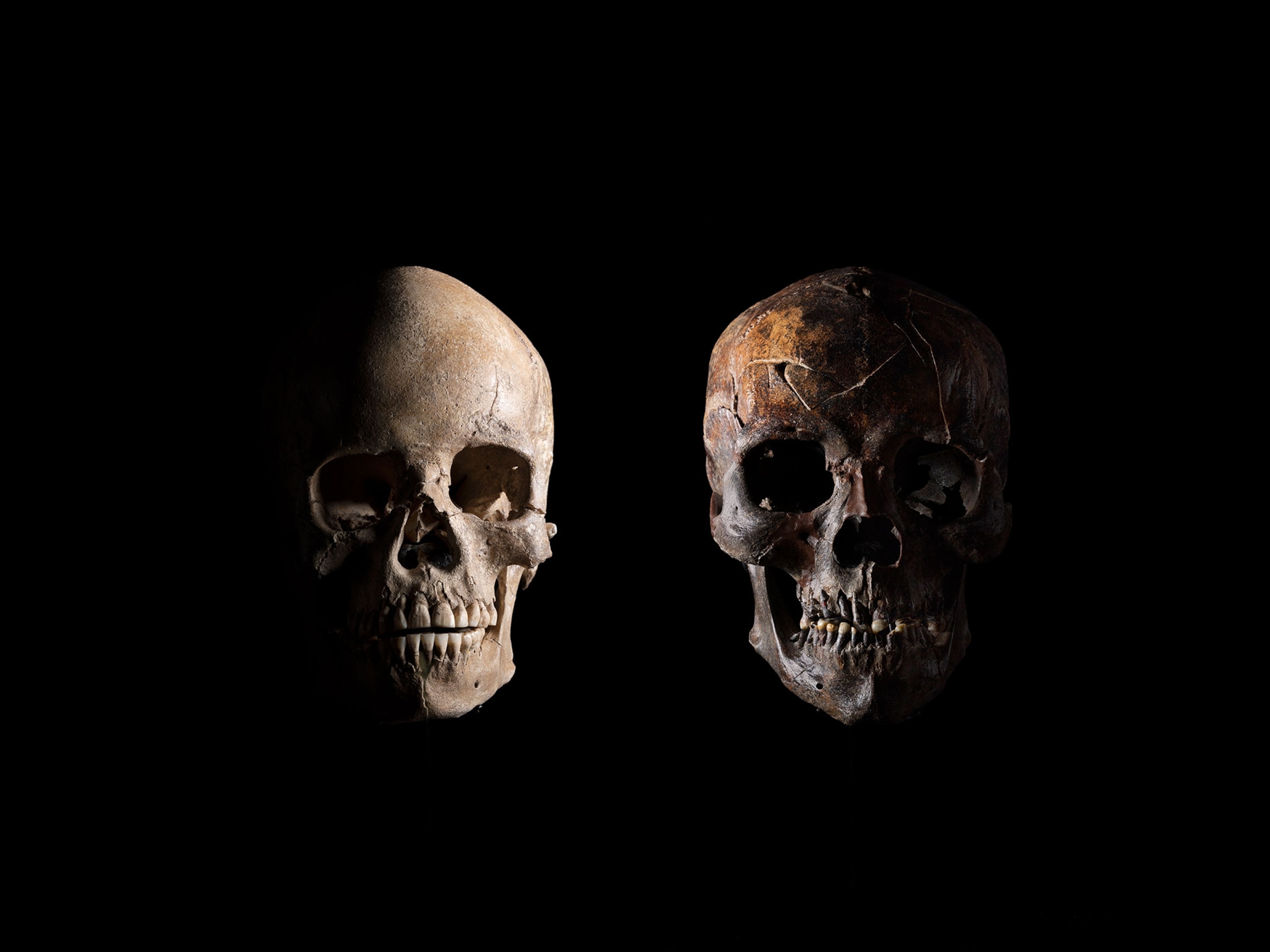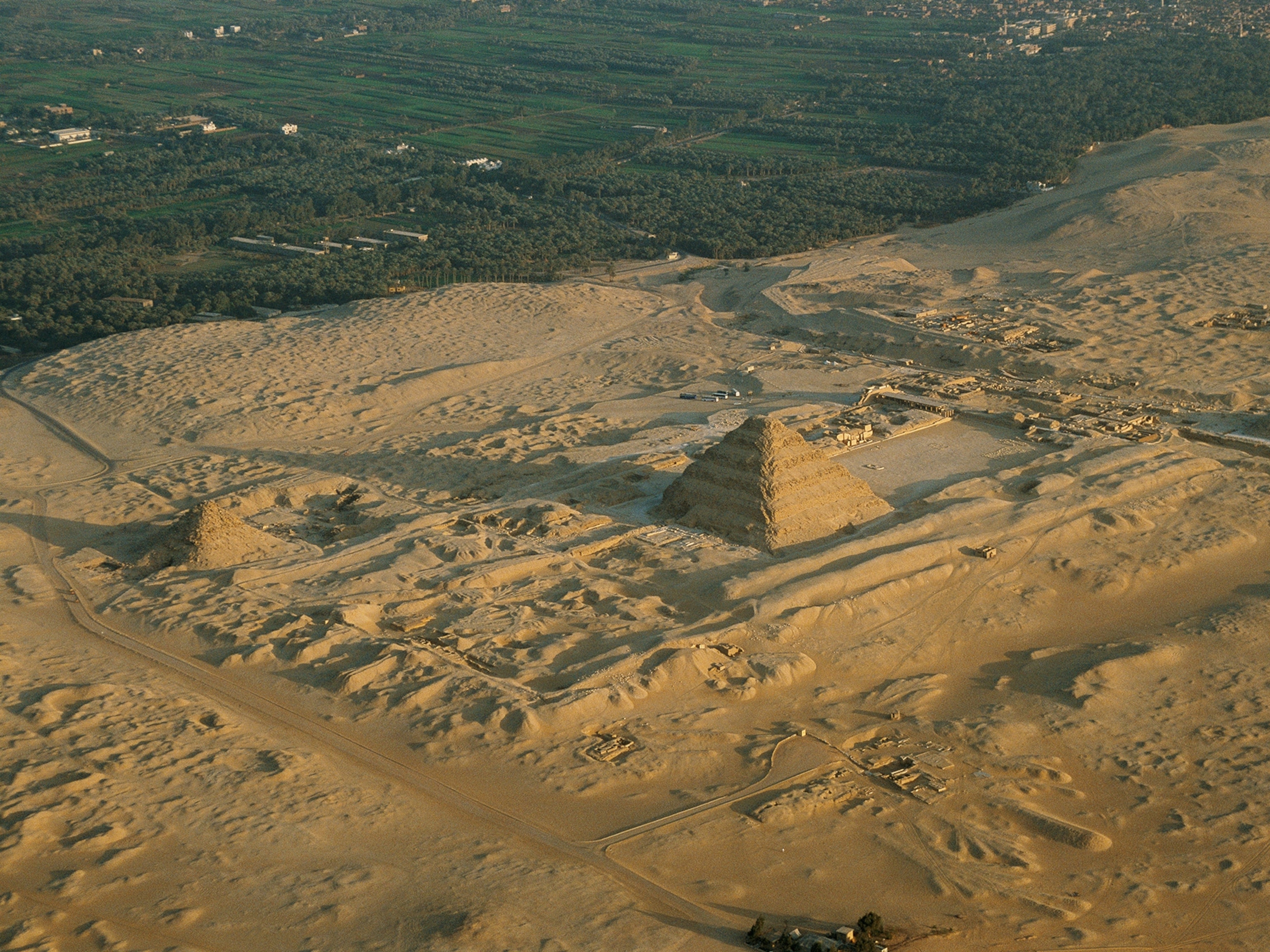
An Anti-Indiana Jones is Solving the Pyramids’ Secrets
Using 3-D models, one archaeologist is recording the structures’ exact measurements.
YUKINORI KAWAE Nat Geo explorer
When Yukinori Kawae explores the Great Pyramids at Giza, he isn’t after treasure or lost chambers—he’s looking for dimensions. For all that the pyramids have been dug, scanned, and photographed, the exact measurements of many are still unknown.
Kawae first saw the pyramids in 1992 as a 19-year-old traveling from Japan to study them. He was disappointed: They were much smaller than he’d imagined. Today, as an archaeologist, he values every inch of the pyramids in his mission to preserve their unique stone construction.
For the past decade Kawae has been recording the sites in precise detail. He creates digital 3-D models of the pyramids using laser scanners and photogrammetry, a method that stitches together photographs and videos captured from different vantage points. He also mapped the unusual cave-like indentation on the side of Khufu, the largest pyramid, and made a model of the oldest pyramid before restoration work began.
With this information, he hopes to illuminate how the pyramids were built. Then he wants to enlist muography—an imaging technique that uses cosmic rays to scan a structure’s density and create a blueprint of its interior. Kawae compares his detailed examinations to a “crime scene investigation.”
Laser scans, cosmic ray detectors, and 3-D models have unearthed Indiana Jones-style mysteries and opened archaeological sites to researchers of all ages and nationalities across the world. Last year an archaeologist studying laser scans found hints of hidden chambers in King Tut’s tomb. In February a class at Harvard University “toured” a virtual reality version of Giza’s complexes built from scans and photographs. Crowdsourcing this information, Kawae says, “may solve the mysteries of the pyramids”—but walking the site “is equally important to sitting in front of the data.”
In high school Kawae became obsessed with the pyramids after watching a TV documentary. Now he’s quick to say that sweating under the Egyptian sun isn’t as glamorous as Hollywood portrays it.
His most exciting find so far? A pile of trash, unearthed a decade ago, which provided a glimpse into the daily lives of ancient people. The purpose of archaeology, Kawae says, is “to record everything about the past and to understand human beings. We are not treasure hunters. We need information rather than treasure.”




